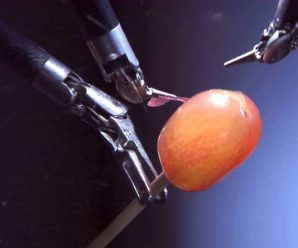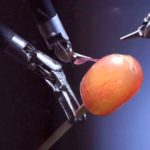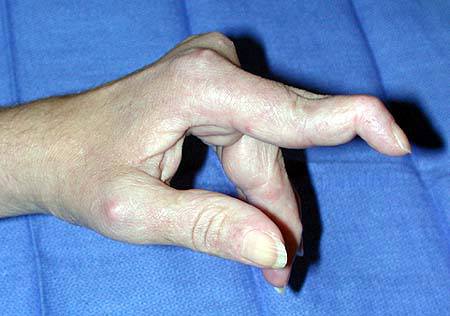Why Medicine Drives Technology and Not the Other Way Around

Over the last several decades, the medical industry has revolutionized and driven the force of technology. Whether for a new approach or to reduce the risk of outdated procedures, more machines are finding their way into the operating room. The end result is mostly positive, with procedures like robotic knee surgery taking the place of more complicated open flap procedures that expose more of the patient. Some of the most popular inventions were driven by the need for simplifying processes.
The Real Driving Force Behind Increased Technology
While it’s easy to think that technology has increased the level of care in the medical field, the reality is that the need for more efficient services and surgical options is the real reason behind technological advances. Scientists and medical professionals are always hard at work on solutions that can improve surgical outcomes and as a result, quality of life. The first minimally invasive technology was introduced in the late 1980s and it’s been steadily progressing since then.
Patients can now have their gall bladders and appendix removed without the large scars that once were a staple of the procedure. Laser therapy is another invention that’s seeing lots of use whether it’s for Lasik surgery to restore vision, or those used in the cosmetic industry to reduce scars, cellulite and more.
Robotic Surgery Improves Efficiency and Care
Prior to the introduction of robotic surgery, doctors were responsible for making precise incisions and carrying out the surgery with the help of basic tools which include a scalpel, clamps and positioners. Enter machines, which are now capable of making the smallest of cuts with arms that carry out precision work at the doctor’s guidance. Many surgeons have opted to implement these surgical workhorses in routine procedures. Expensive though they may be, often in the million dollar range, they more than make up for the initial cost through the reduced level of care and risk of infection that follows. This is why the technology is becoming more mainstream.
This is not to say that machines are the full answer, there still needs to be a qualified surgeon at the helm, so while it’s commonplace to think of technology as a human replacement, in the medical industry it’s merely a cooperative counterpart. Hospitals and clinics alike are benefiting from various technological advances, which are in turn, propelling more research and development.
Improved Software Leads to Better Control
While not necessarily a machine, it would be pointless to talk about the revolution of technology in the industry without mentioning how improved software makes it all work. The need for information resulted in a database that lists over 14,000 codes which help with diagnoses, care and billing processes at a universal level. This allows doctors to collaborate and better understand medical records that have been transferred electronically. The one who benefits the most, however, is the patient, who can order copies of their records and have them readily accessible.
When it comes to furthering the medical industry, it’s plain to see that the need for more efficiency results in the development of more machines and automated options. However, these machines, though they simplify the procedures, still require qualified surgeons to guide them. In the end, the industry, from the ease of record keeping, to the advanced training of medical students to the introduction of robotic surgery devices, can only continue to grow.





